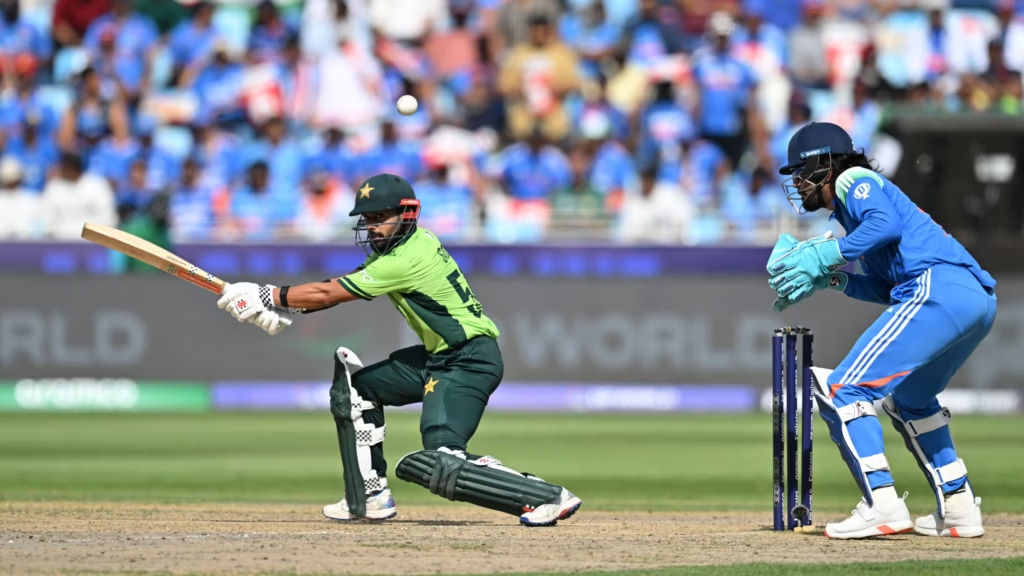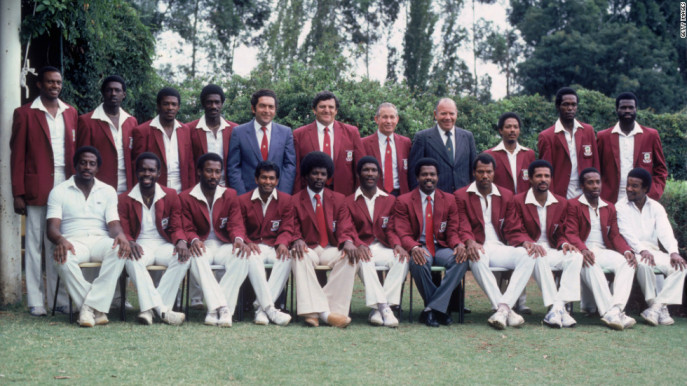
The 10 Best West Indies Spin Bowlers of All Time: A Legendary Lineup
The West Indies have a proud cricket history. We often think of fast bowlers who struck fear into batsmen. But the Caribbean also gave us many amazing spin bowlers. These players tricked batsmen worldwide. This article looks at the ten best spin talents from the West Indies. We celebrate their impact on the game.
Spin bowling is super important in Test and one-day cricket. These bowlers changed games. They took many wickets. They controlled the speed of matches. Often, they flipped the script for their team. We will check out their special skills and great moments. These things earn them a spot in cricket history.
The Masters of Off-Spin
Lance Gibbs: The Gentleman of Spin
Lance Gibbs spun the ball with grace. He showed amazing control. His subtle turns and dips were hard to play. He stood out for his steady bowling. He was one of the first truly great West Indian spinners. Gibbs played in 79 Tests. He grabbed 309 wickets. His average was 29.09. He took five wickets in an innings 18 times. This showed his consistent threat.
One standout moment was in the 1960s. He helped tear apart England’s batting. He used flight and clever variations. His classic off-spin action was smooth. He focused on getting the ball to dip. This made batsmen guess. His strong mind helped him bowl long, effective spells.
Sonny Ramadhin: The Enigmatic Spinner
Sonny Ramadhin had a truly unique bowling style. It was hard to figure out. He kept batsmen guessing. His subtle turns and flight were deceptive. He never really showed his grip. This added to the mystery.
His famous “Ramadhin Shuffle” confused everyone. He had a strange run-up and release. This made his bowling even more tricky. It contributed to his elusive nature. He formed a legendary spin duo with Alf Valentine. They shone in the 1950 Ashes tour. This partnership made history. Ramadhin played a big part in key Test matches. He especially hurt England with his cunning spin.
Shane Shillingford: The Modern Off-Spin Threat
Shane Shillingford brought off-spin back for the West Indies. He was a key player in recent times. His bowling action was classic and effective. He generated good turn and bounce. This made him a real wicket-taker.
Shillingford had several strong performances. He often took big wicket hauls in Tests. For example, he claimed 10 wickets against New Zealand in 2013. This showed his power. His off-spin gave the West Indies attack a modern edge. He stood tall and delivered a strong challenge.
Sunil Narine: The Mystery Spin Maestro
When cricket fans talk about modern-day spin bowling, Sunil Narine’s name always comes up. Born in Trinidad and Tobago, Narine rose to international fame in the early 2010s with his unique ability to bamboozle batsmen. Unlike traditional spinners who rely heavily on flight and turn, Narine developed a reputation for being a “mystery spinner”—a bowler who could disguise his deliveries so well that even the best batsmen struggled to pick him.
The Art of Mystery Spin
Narine’s main weapon is variation. His bowling includes off-breaks, carrom balls, knuckleballs, sliders, and subtle changes of pace—all delivered with almost identical arm action. That’s what makes him so difficult to read.
- Off-spin foundation: His stock ball is the classic off-break, but bowled flatter and quicker.
- The carrom ball: Flicked with the fingers, this spins the other way, often surprising right-handers.
- Change of pace: Narine can shift gears seamlessly, keeping batsmen guessing whether the ball will skid on or grip the surface.
This variety gave him the nickname “The Mystery Spinner.”
Impact in T20 Cricket
Narine’s style fits perfectly with T20 cricket, where batsmen often take risks and attack every ball. He has been a star performer in franchise leagues, especially the Indian Premier League (IPL), where he became a key weapon for the Kolkata Knight Riders (KKR).
- In the IPL, Narine has consistently been among the most economical bowlers.
- His ability to bowl in the powerplay overs—a rare trait for a spinner—shows his skill in keeping aggressive openers quiet.
- Alongside his bowling, Narine reinvented himself as a pinch-hitting opener, making him a valuable all-rounder in the shortest format.
Challenges and Adjustments
Narine’s career, however, hasn’t been without hurdles. His unusual action led to multiple suspicions of an illegal bowling action, and he was forced to remodel it several times. These changes affected his wicket-taking ability, but his control and tactical awareness still made him effective.
While his appearances for the West Indies became limited due to these challenges, as well as a preference for franchise cricket, his reputation as one of the most influential T20 bowlers of his generation remains intact.
Legacy
Sunil Narine may not have the Test match records of great West Indian bowlers of the past, but in the era of T20 cricket, he has carved out a special legacy. His mystery spin has changed the way teams think about spinners in the shortest format, and he continues to inspire young bowlers who want to bring creativity and deception to the game.
In short, Narine is not just a spinner—he’s a problem every batsman has to solve.
Sulieman Benn: The Unpredictable Giant
Sulieman Benn was a towering figure. His great height gave him an edge. He generated extra bounce and turn. His left-arm unorthodox spin was hard to predict. He could trouble any batsman.
Benn had important wicket-taking moments. He took five wickets in an innings against Australia in 2009. He often provided crucial breakthroughs in Tests and ODIs. He had some challenges with consistency. But he always worked hard to regain his form. His sheer presence and unique spin were assets.
Devendra Bishoo: The Mystery Spinner
Devendra Bishoo emerged as a modern leg-spinner. He could turn the ball a lot. His deception often led to crucial wickets. He baffled batsmen with his wrist-spin. He used googlies, leg-breaks, and flippers.
Bishoo was very effective in shorter games. He became a go-to wicket-taker in ODIs and T20Is. He shone in specific matches. For example, his spell of 4 for 17 against Pakistan in 2011 was game-changing. His leg-spin truly made a difference for his team.
The Art of Left-Arm Spin
Alf Valentine: The Pioneering Left-Arm Spinner
Alf Valentine blazed a trail for left-arm spinners. He was very accurate. He could spin the ball a lot. He played a huge role in the 1950 tour to England. This was when the “Calypso Cricketers” won big. It was a historic series victory.
Valentine’s career figures speak volumes. He took 138 Test wickets at 30.40. His economy was excellent. He paved the way for many left-arm spinners after him. His legacy is strong in West Indies cricket.
Garvin Roach: The Reliable Left-Arm Orthodox
Garvin Roach was a steady left-arm orthodox spinner. He gave great support to the fast bowlers. He kept things tight. He tied down batsmen well. He built pressure for his team.
Roach worked hand-in-hand with the quicks. He helped them get wickets. He played a quiet but key role in many Test wins. His consistency was a valuable asset. He was a trusted part of the bowling attack.
Roston Chase: The Modern All-Rounder’s Spin
Roston Chase is a vital all-rounder for the West Indies. His off-spin bowling is a big part of his game. He contributes with both bat and ball. This makes him a double threat.
Chase takes wickets and bowls economically. His control helps put pressure on teams. He has had many impactful performances. He played a big role in series against England and Afghanistan. He proved his worth as a true team player.
The Unsung Heroes and Emerging Talent
Dwayne Bravo: The T20 Spin Specialist
Dwayne Bravo is famous for his all-round skills. His off-spin bowling, especially in T20s, has been super effective. He mastered many variations. He used slower balls, knuckleballs, and clever changes of pace.
Bravo found huge success in franchise leagues globally. He became a T20 legend. His bowling stats in T20 Internationals are impressive. He grabbed over 60 wickets with a good economy rate. He was a true game-changer in the shortest format.





